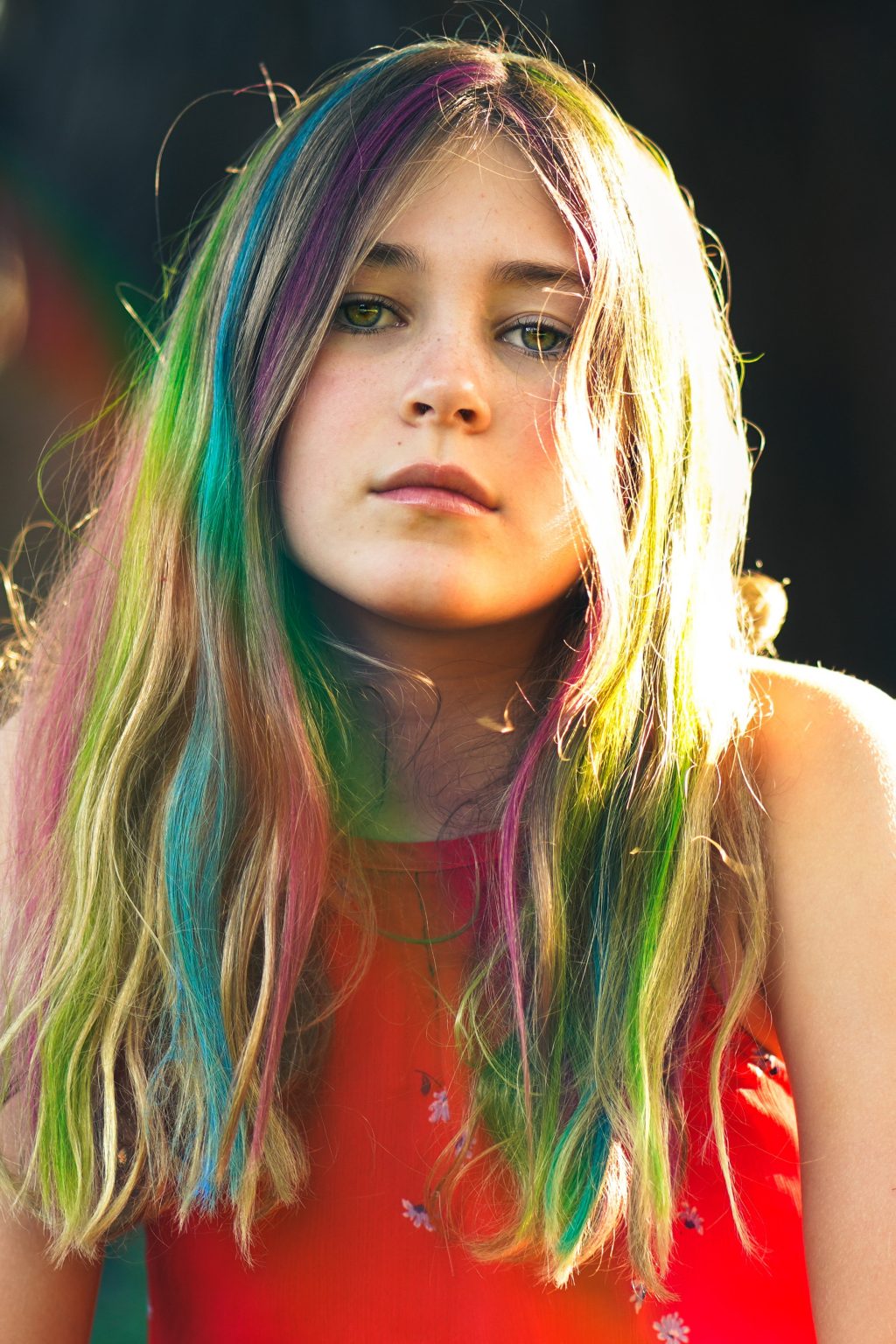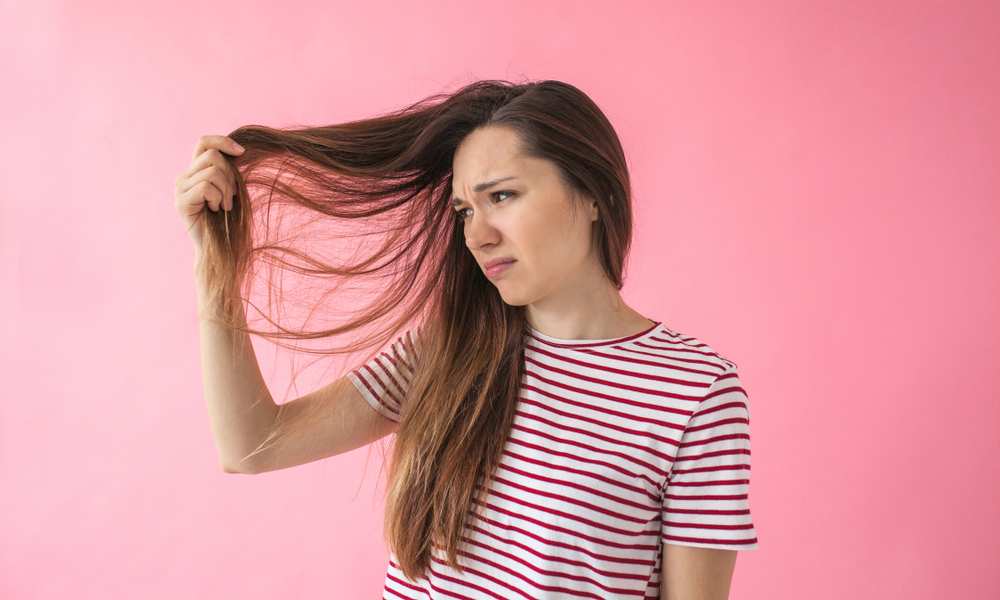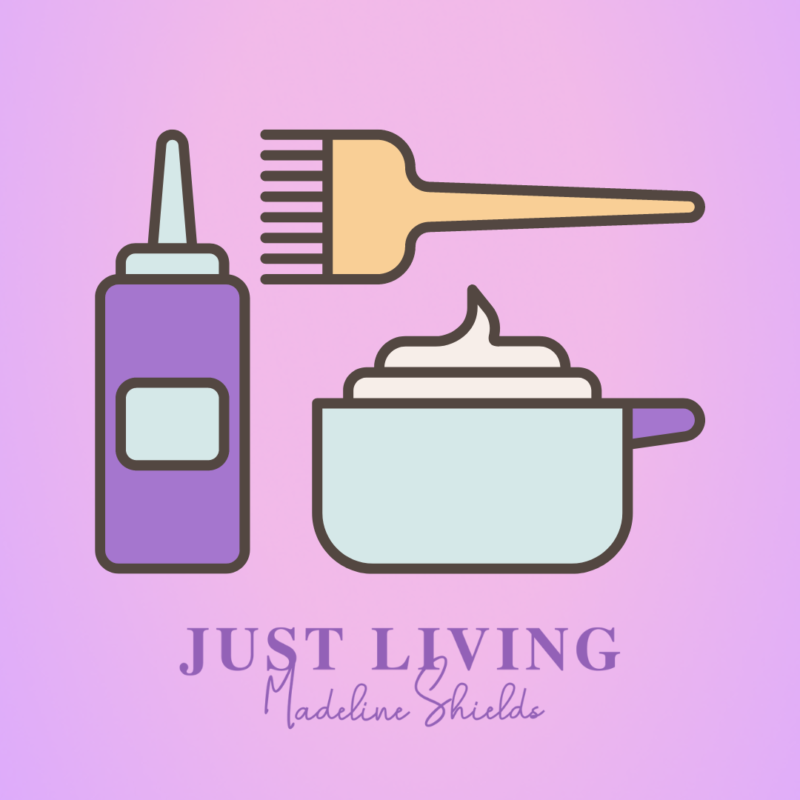Table Of Content

The frequency of hair dyeing depends on various factors, including the type of dye, your hair’s condition, and desired results. Generally, it’s recommended to wait three to six weeks between dyeing sessions to minimize damage and maintain hair health. Some individuals opt for touch-ups every two to three weeks, while others prefer longer intervals to allow their hair to recover. If you have damaged hair, you should avoid dyeing it as you run the risk of causing further damage. But no matter what condition your hair is in, it’s important to give it a break in between dye jobs, especially when using permanent dye.
Colored Hair Can Be Healthy Hair
When to Wash Hair After Coloring to Prevent Fading—And Other Mistakes to Avoid After Your Salon Visit - NewBeauty Magazine
When to Wash Hair After Coloring to Prevent Fading—And Other Mistakes to Avoid After Your Salon Visit.
Posted: Mon, 07 Aug 2023 07:00:00 GMT [source]
If you enjoy experimenting with different shades of color, you’ve probably already asked yourself, "how often can I color my hair?" The answer is, well, it depends! But don’t worry, we’re here to help you estimate how often you should be visiting the salon or dipping into your collection of dyes at home. The other issue with box dye is simply the uncertainty of the results. "Customers may be led to believe they will have the result pictured on the box," says Bode.
50 - Medium Natural Brown
Leave-in conditioner can be applied after showers to provide extra hydration and a protective layer over hair before any further styling. After a shower is the best time for a product like this because wet hair is highly porous – making for the best time to give it extra hydration and nourishment. Our leave-in conditioner is 100% color safe— it won’t fade dyes and it will work to keep your color vibrant and polished looking. Depending on how dark your natural color is, you may need to bleach it two or three times to achieve this. It will be important to use products that are specially designed with extra hydration and natural proteins to help keep your hair looking healthy and hydrated. A hair mask and deep conditioner are products you’ll want to pay special attention to that will help your hair store (and restore) as much moisture as possible.
Non-Permanent Color Options
For a rainbow shade…try L’Oréal Paris Colorista Semi-Permanent Hair Color or L’Oréal Paris Colorista 1-Day Spray. The former lasts 4-8 shampoos, while the latter lasts one shampoo—both at-home hair color options come in a wide array of rainbow hair colors. Additionally, incorporate color-depositing shampoos and conditioners into your routine and use lower heat styling to lock in color. Also, consider Living Proof’s Restore Instant Protection to prime hair and prevent damage.


Therefore these dyes fade with each wash and typically last between 4 to 12 washes. If you have black or brown hair and are coloring your mane a shade of blonde, you’ll likely be damaging your strands more than if you were to stay one to two shades within your starting color. More specifically, if bleach is used to color your hair and achieve a lighter shade, you’ll want to put more space in-between your coloring sessions.
If conventional shampoo is too drying for your locks, try a co-wash (aka cleansing conditioner) instead. A good option is our custom co-wash that removes surface buildup while conditioning your mane for a non-stripping cleanse. Even though it’s recommended for curly or coily hair types, straight and wavy hair can still use it. If you belong to the latter, your hair may feel weighed down or you may need to wash sooner than you would using regular shampoo when washing with co-wash.
Hair Care Tips To Keep Your Color Looking Its Best
The story of a shampoo bottle begins long before it arrives in your shower! At Davines, we study the most low-impact packaging solutions for all our products. Lastly, everyone’s individual rate for new growth impacts when they should be reapplying their chosen hue. Those with faster growing locks may require more regular appointments in order to maintain even coverage throughout their strands. And if you to go Paris Hilton platinum but you have jet-black hair, know that your mane can suffer damage if it doesn’t get enough TLC.
Use only products suitable for color-treated hair
So while they can darken your color, they can’t lighten it — in other words, they can take you from a honey blonde to brunette, but they can’t take you from brown to blonde. While conventional hair dye works on all hair types, it can be too harsh for people with sensitive scalps and certain allergies. Carryl says that henna prevents any type of irritation or negative health side effects, and adds that it's an effective alternative for those looking for natural dyes. Carryl explains that henna comes from the henna plant — which is commonly found in parts of Africa, India, Pakistan, Yemen, and most of the Middle East. Its leaves are used to naturally dye the hair and skin, which is why it's a common ingredient in certain hair dyes and temporary tattoos.
The L’Oréal Paris Le Color Gloss One Step In-Shower Toning Gloss is an at-home treatment that works to enhance your hair color and tone, while also deeply conditioning your strands. The frequency with which you can and should dye your hair depends on your hair quality, the type of dye you use, and other factors. The dye you select affects how long the dye job lasts and how often you’ll need to recolor your hair if you desire. If this is the first time you’ve ever dyed your hair, you’ll likely be able to dye it more often than someone who’s a frequent dyer.
Bleaching your hair is a chemical process that can be harsh on your strands. On average, it is generally recommended to wait at least three to six weeks between bleach sessions to allow your hair time to recover and minimize hair loss. Bleaching too frequently can lead to loss of natural oils, breakage, and weakened hair. Waiting for this duration allows your hair to recover, maintain its health, and minimize any potential damage caused by frequent dyeing. Additionally, it allows you to assess the fading and determine if you’re satisfied with the results — or if you’d like to make any adjustments in the next dyeing session.
You’re probably wondering, “How soon can I recolor my hair if I don’t like the color? ” Well, the frequency of dyeing your hair depends on the type of dye you choose, but it’s important to give your hair a break between dye jobs. To maintain the health of your tresses, consider using color-safe products that help protect your hair’s integrity. Protect your hair by wearing a swim cap or applying a leave-in conditioner before swimming. Experts recommend approximately eight weeks for simple tonal changes.
However, semi-permanent hair dye will gradually fade with each wash until eventually, it will all fade away. Also, if you’re unsure about coloring your hair, you may want to start with a semi permanent dye to test out how pleased you are with the results. Permanent hair dyes are known for their long-lasting effects.[2] If you’re wondering, “How often should I dye my hair to cover gray strands? ” it’s generally considered safe to re-dye with permanent color every six to eight weeks. Unlike other types of dyes, permanent hair coloring not only adds color but also lightens the hair.
Overall, demi-permanent dyes let you refresh your look with longer-lasting color and less damage. Demi-permanent dyes usually last 4 to 8 weeks between applications. For semi-permanent options, plan to reapply the color every 2 to 4 weeks. It is best to wait at least 8 weeks between bleaching or highlighting sessions.

No comments:
Post a Comment